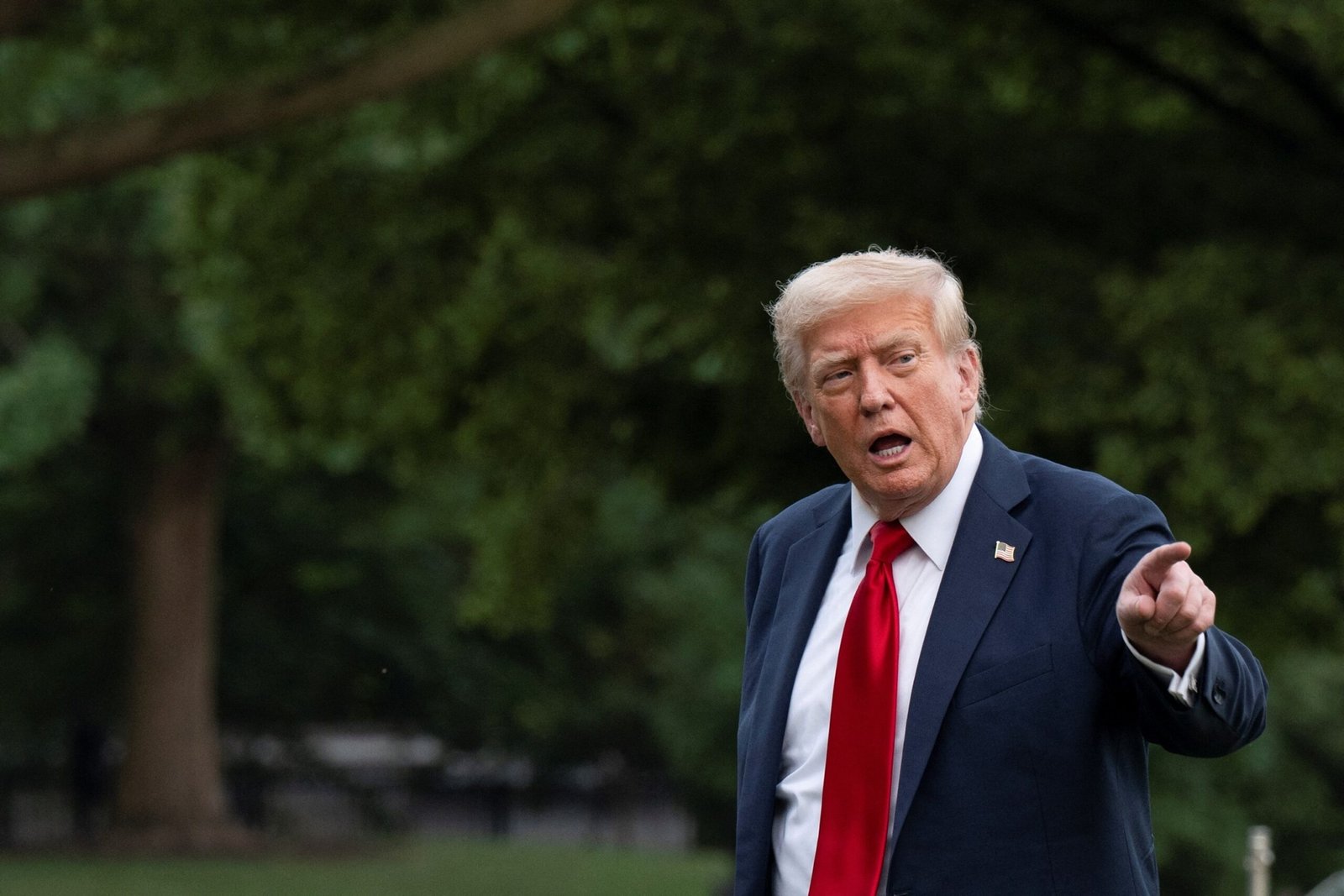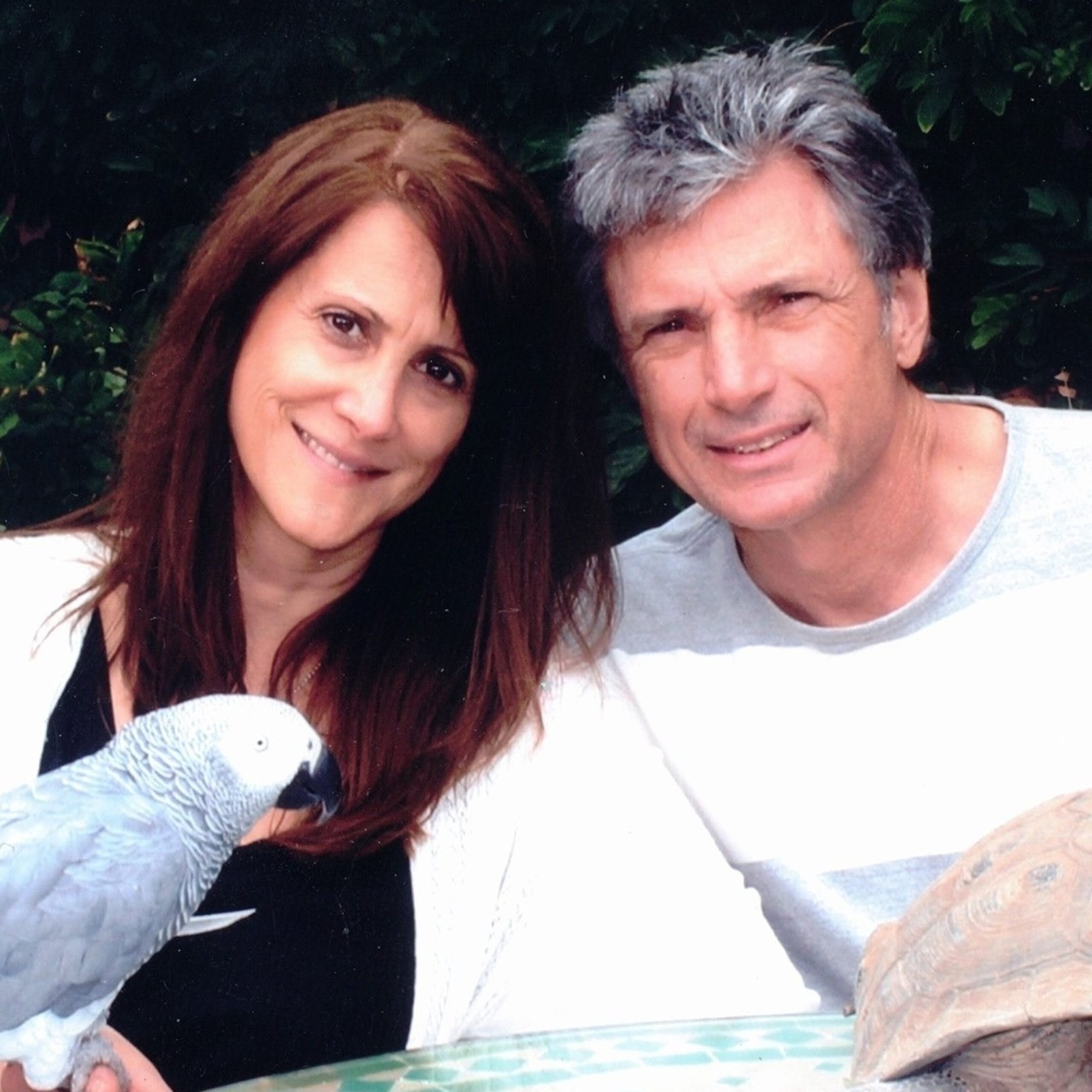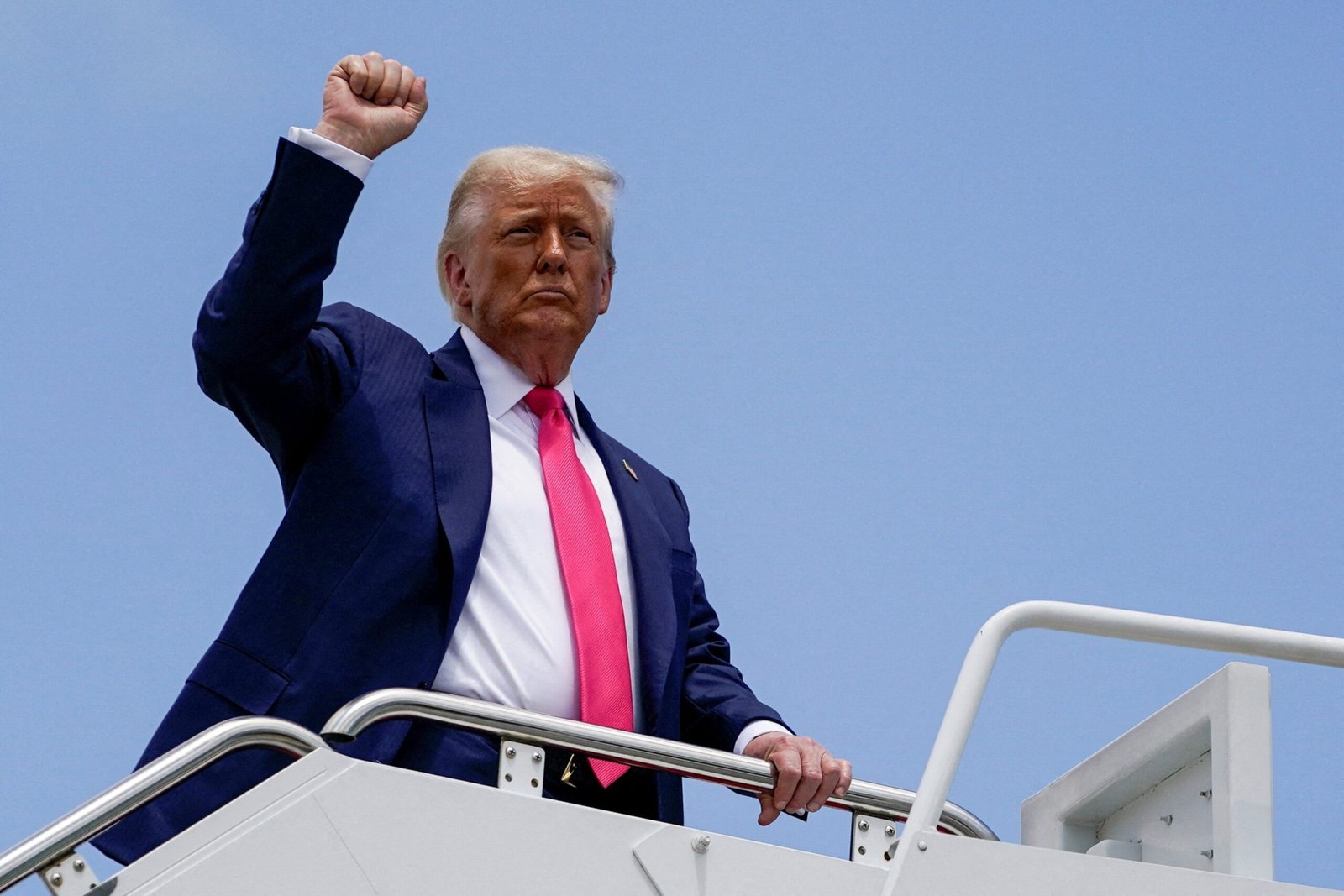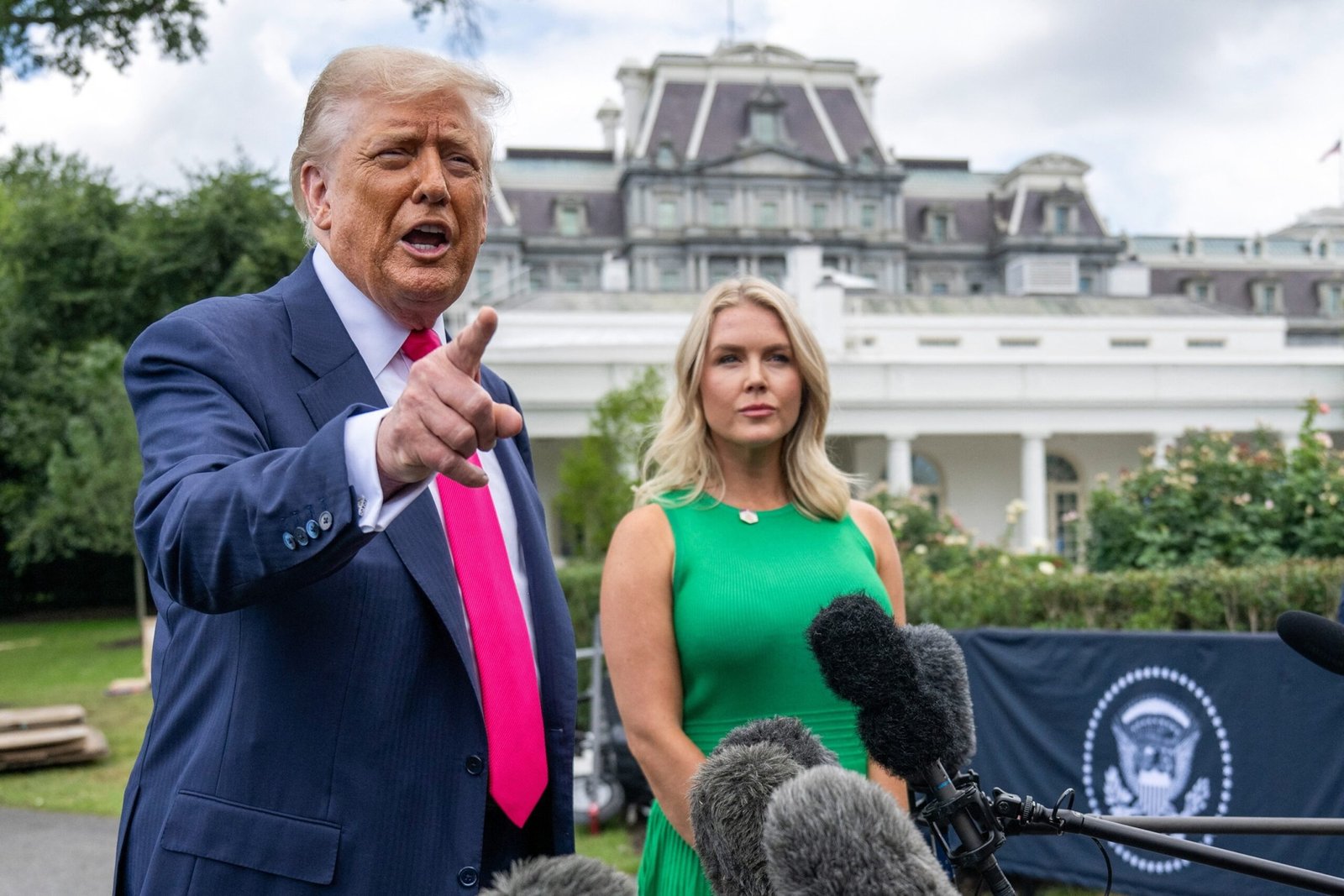Consumer prices increased 2.7% in June compared to a year ago, marking a notable increase in price increases as the tariff policy of President Donald Trump strengthened and some retailers warned that they can approve part of the tax burden on buyers.
Reading coincided with the expectations of economists.
The new data indicated an acceleration of the annual inflation of 2.4% registered in May. Even so, the inflation rate recorded below 3% registered in January, the month that Trump assumed the position.
Egg prices cooled significantly in June, deviating from a general price increase. The price of the eggs rose 27% during the year that ended in June, which marked a deceleration of 41% growth year after year in May.
According to Trump, inflation has challenged the predictions of the final judgment day and helped boost resistant economic performance.
Speaking at the White House on Monday, before the inflation report, Trump promoted inflation reduction so far this year.
“The economy is rooting, business confidence is raising, income has increased, prices have dropped and inflation is dead,” Trump said. “It’s dead.”
While inflation has decreased, price increases have persisted at a higher rate than the 2%federal reserve target level.
Some analysts expect price increases to be accelerated in the coming months as tariffs fall, although they recognized that the path to follow is still clear in the midst of Trump’s fluctuating politics.
In general, importers transmit a part of the tax burden related to the rate in the form of higher costs for buyers. A large number of important retailers, including Walmart and Best Buy, warned of potential price increases as a result of Trump’s taxes.
The Federal Reserve issued a forecast last month indicating that the Central Bank awaits a revival of inflation.
The personal consumption expenses index, a measure of inflation preferred by the Fed, will increase from 2.1% to 3% in the rest of 2025, predicted the Central Bank. This prognosis marked higher inflation expectations than the Central Bank he had issued in March.

President Donald Trump talks to the press when he arrives at the White House in Washington, DC, on July 13, 2025.
Annabelle Gordon/Reuters
So far this year, the Fed has chosen to maintain stable interest rates as policy formulators evaluate the potential impact of rates.
Speaking at a press conference in Washington, DC, last month, Powell said that tariffs would probably “increase prices and weigh economic activity” in the course of this year. But, he added, the effects would depend on the “final level” of tariffs, which have often changed.
The director of the National Economic Council, Kevin Hasett, a Trump’s main economic advisor, rebuked concerns about inflation related to the rate. The Fed, Hasset He told CNBCIt has been “very, very incorrect” in its evaluation of a possible resurgence of price increases.
The restriction position in the Fed in recent months has caused acute and repeated criticisms of Trump.
“We have a man who only refuses to reduce the Fed rate,” Trump told journalists last month. “Maybe I should go to Fed. Is it allowed to name myself? I would do a much better job than these people.”
The President is legally appointed to be appointed head of the FED, an independent federal agency.
The Fed celebrates its next meeting on July 29. Investors set the possibilities of a decision to leave rates without changes in 95%, according to the CME Fedwatch toolA measure of the feeling of the market.





